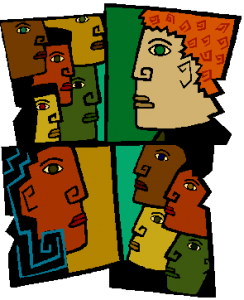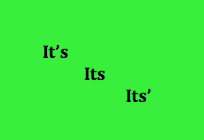 We’ve all had moments of trepidation when asked difficult, inappropriate or even embarrassing questions. How we respond to those questions is the topic of a recent study released by researchers at the Harvard Business School.
We’ve all had moments of trepidation when asked difficult, inappropriate or even embarrassing questions. How we respond to those questions is the topic of a recent study released by researchers at the Harvard Business School.
I first heard of the study through a report by Shankar Vedantam, science correspondent for National Public Radio during the February 4, 2016 Morning Edition program, and was intrigued by the study.
Researchers Leslie John, Kate Barasz and Michael Norton of the Harvard Business School explored what happens when we hide or reveal the truth in their paper entitled What Hiding Reveals.
The study shows that a confession is often better received – even welcome – than suppression. The study shows that people do not trust those who hold back, and they actually prefer people who reveal more information, even if it’s “unsavory.” The research team applied the theory to both dating and job interviewing.
The two types of responders are labeled Hider (Withholder) and Revealer. Here’s a brief description:
The Hider (Withholder). The Hider (Withholder) will tell you anything she thinks you want to hear in order to get the job or even a date with you. For example, you may ask her in a job interview what her worst or even least successful course was in college. She may say something positive and perky like, “Oh, I didn’t have any negative experiences in college. My GPA was always above a 3.4.” That may seem to be a logical approach: She wants to make a favorable first impression. However, when the transcripts are reviewed, the interviewer finds that for two semesters, her GPA was below a 3.0. Hmmm… The interviewer may begin wondering, “If she withheld that kind of information, how could I trust her to be forthright if she worked for me?” In that case, it would have been better for the interviewee to be honest.
The Revealer. The Revealer chooses to answer the question in a straightforward way, even if the information being shared may be less than desirable. If you have cheated on your taxes, had a Restraining Order filed by your ex-spouse or padded your expense accounts, you may think people may not want to hear that because it presents you in a negative light. Researchers say your honesty may get you that second interview or even a date. Nearly 80% (78.9%) of survey respondents said they would choose to date the Revealer rather than the Withholder. Think about it. Wouldn’t you like to know that someone had attended Anger Management School before you dated (or hired) him?
Using myself as an example, though never asked the question that the Hider (Withholder) was asked, let me lay it out for you here. My worst college course was a four-hour credit, senior-level International Law course that I decided to take during summer school between my sophomore and junior year (yep…in just five weeks). I was not a political science major nor had I taken any lower level poli sci courses before. Tsk Tsk. While I am not proud of the D that I earned in that course, it taught me a very important lesson in life: Go with your gut reaction. When your gut says, “Don’t do it,” listen to your gut!
The bottom line: Sharing builds trust. So when I ask the question, “Do these pants make me look fat?” please be honest with me!










